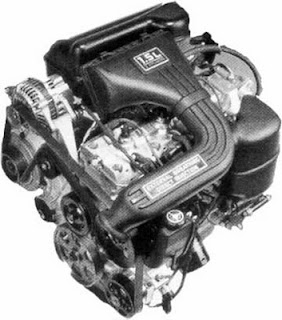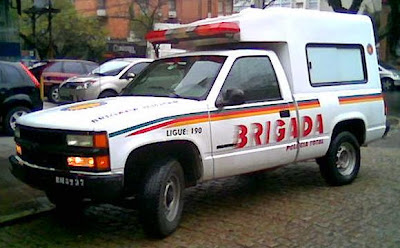Due to their lower cost of purchase and maintenance, motorcycles are often pointed as a good option for affordable personal transport. Also, their enhanced maneuverability in tight urban spaces is a feature highly desired in the crowded urban centers worldwide.
It's also worth to notice the cost advantage in comparison with an automobile in a close performance level. In certain markets a motorcycle such as a Yamaha YZF-R1 can be about 4 times cheaper than a Chevrolet Camaro SS and more than 15 times less expensive than a Ferrari F458 Italia, for example.
Not everytime the budget of a law enforcement agency allows it to mantain an adequate pursuit vehicle powerful enought to hunt down either a high-end sports car or an average street-racing machine with its loud fart cans, and those "police-packages" well known in the United States are not offered in every country. Then, motorcycles, such as a Honda Hornet, can be considered as a viable alternative due to their cost/performance ratio and the mechanical setup tuned to stand under higher speeds...
I would, however, strongly recommend to fit an automatic clutch, such as a Rekluse, to enhance the safety for the officer, still allowing the handle of a gun while riding. And anti-skid brakes are also a desirable feature...
Models such as the classic Harley-Davidson Electra Glide have been used for highway patrol since its introduction, altough they have some handling limitations due to their weight and the position of the foot stands. Also, the top speed is not so impressive. No wonder why the Philippine National Police (PNP) has some Ducati Multistrada as police interceptors, since they have a good balance between speed and handling.
However, it's not only on paved roads that motorcycles have advantages. For off-road operations, beyond their maneuverability in tight spaces, they can deal with higher approach and departure angles and side inclination than a 4WD vehicle usually found on rural patrol, and often get into some routes where a 4-wheeled vehicle wouldn't be able to go due to its size. So, sometimes even an old Yamaha DT180 can be more suitable for an environmentally-extreme operation than an acclaimed Land Rover...
Due to some artificial obstacles in urbanized areas, a dual-purpose (a.k.a. on/off-road) can also be suitable due to the ease to deal with this operational condition.
However, I'm usually not so favorable to carry a passenger on a motorcycle, but for police operations often a well-trained "co-pilot" can help, shooting while the pilot is more concentrated for a safe ride. This is widely done by the Philippine National Police, as shown in the video below. Audio is in Tagalog but it does still worth to watch, but due to the graphic content I strongly recommend "sensible" people and those who dislike bloody images to avoid it.











































